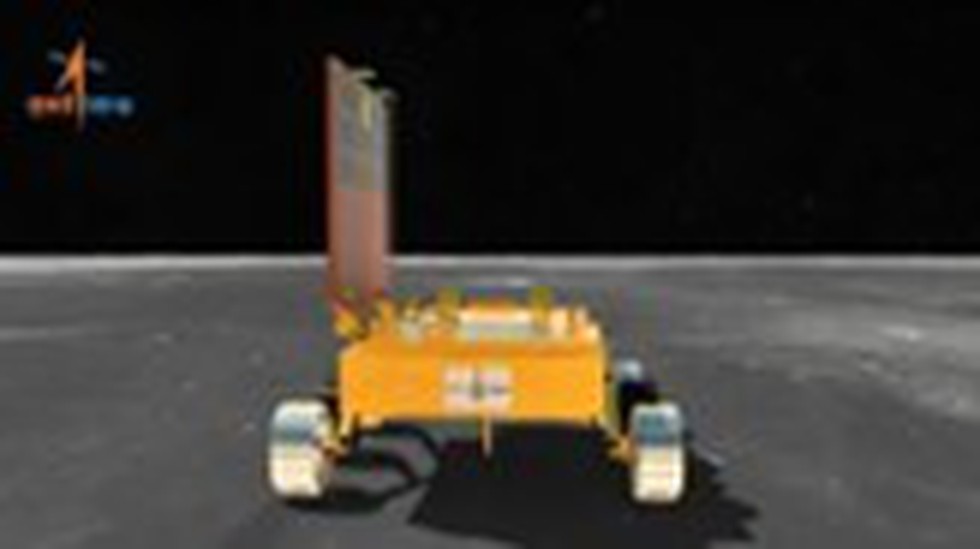About Laser-Induced Breakdown Spectroscopy (LIBS):
- This instrument has made the first-ever in-situ measurements of the elemental composition of the lunar surface near the South Pole.
- How does this work?
- It is a scientific technique that analyses the composition of materials by exposing them to intense laser pulses.
- A high-energy laser pulse is focused onto the surface of a material, such as a rock or soil.
- The laser pulse generates extremely hot and localised plasma.
- The collected plasma light is spectrally resolved and detected by detectors such as Charge Coupled Devices.
- Since each element emits a characteristic set of wavelengths of light when it's in a plasma state, the elemental composition of the material is determined.
- Key findings: Preliminary analyses, graphically represented, have unveiled the presence of Aluminum (Al), Sulphur (S), Calcium (Ca), Iron (Fe), Chromium (Cr), and Titanium (Ti) on the lunar surface. Further measurements have revealed the presence of manganese (Mn), silicon (Si), and oxygen (O).
- The evidence of the presence of Sulphur can reveal insights into the formation and evolution of the Moon.
- Sulphur usually originates from volcanic activities, and its presence on the Moon can offer indications about the Moon’s history and composition.
- LIBS payload is developed at the Laboratory for Electro-Optics Systems (LEOS)/ISRO, Bengaluru.
